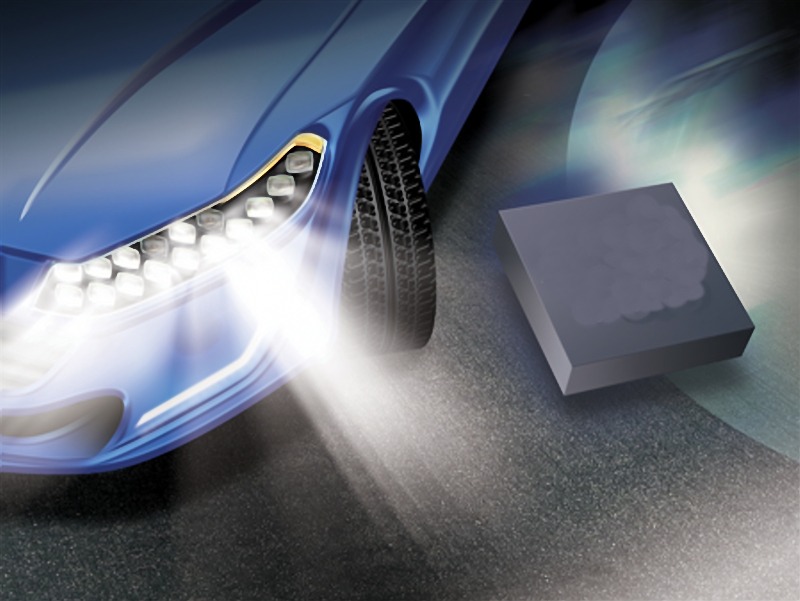LED head lights are more and more to be seen on automotives and heavy duty trucks
28-11-2015Despite some attracting examples of automotive LED lights applications, introduction rates are still not growing as fast as one might expect especially relative to the surge of LED lights for general illumination. The car LED lights application stands for a unique design challenge and costs remain relatively high. LEDs, however, is able to add unique functionality in headlamps. And we will present a design option that can provide a LED headlight system with strong functionality.
There are links you can draw between general LED lighting and automotive LED lights. We all still remember the traditional tungsten filament light bulb. The 40W and 60W incandescent light bulbs typically used in most of American homes were banned from being manufactured in the USA, or imported, at the end of 2013; however, they can still be purchased. It should also be noted that the 75W and 100W bulbs were phased out in 2012.
The cause of their exit was driven by the need for better electrical-to-light output efficacy demanded by the US Environmental Protection Agency (EPA). The main reason for the change was to help lower electricity consumption (and therefore generation) due to the fact that residential household lighting accounted for roughly 14% of electrical power consumption according to a report of US Energy Information Administration. So the equivalent LED light, requiring only about one-eighth of the power to generate the equivalent amount of lumen output, has entered into our modern world.

Before we get into the background behind the low headlamp application rate, it is useful to understand why many drivers, and even the OEMs, prefer LED lighting products. These include, but are not limited to, the following:
• Performance and design flexibility. LED lights enable design flexibility due to their form factor and provide a broad range of dimming capabilities. Remember that the human eye is very sensitive to minor differences in light output.
• Energy saving and lower CO2 emissions. Not only do LED lights have better power efficiency, thereby reducing the energy required to power them, but they also have significantly longer lifecycles.
• Cost. This may seem contrary to what common sense would suggest, but in non-headlamp applications, continued cost decreases, improved durability, and superior quality have made LED lights the new standard in end-customer value.
• Regulation. Government regulations that specify requirements for LED driving lights (DRLs) and LED head lights, as well as other lighting applications, have increased LED lights demand.
It may not come as a surprise to anyone that Audi is generally considered to be the leader when it comes to the use of LED lights in virtually any exterior automotive LED lighting application. The company famous "eyebrow" DRLs are very evident to anyone who sees them in their rearview mirror. Furthermore, it was the first to use LED headlamps in the 2004 Audi R8.
Generally speaking, LED headlights stand in between the halogen and HID lamps regarding their lighting performance, but they provide much more focused rays and can also be controlled to create different shapes. Also, thanks to their small size, LED lights allow for great room for application, with automotive manufacturers being able to create all kinds of shapes and assemblies that would perfectly match their models.
Although LED lights do not generate heat as they light up, they do create a certain amount of heat at the bottom of the emitter when the electricity passes through, thus creating a potential risk for nearby assemblies and connectivity cables. For this reason, LED headlamps need cooling systems, such as heat sinks or fans to keep them from heating too much. Furthermore, these cooling systems are located in the engine bay, a not-so-cool area for some other system to maintain a controlled temperature. This is another reason why LED head lights are also harder to design and use in the vehicle, and thus more expensive than HIDs.
Despite the low-level penetration rate of LED headlamps today, developments in performance features are too attracting for automotive makers to refuse LED headlamps for much longer. The reasons include improved safety for the driver, body styling flexibility, energy savings, and pure good looks. And we all know that the looks of a car looks make us want to buy it. Watch for matrix lighting when you are driving around, because you are going to see a major increase in it and the use of LED headlamps when you look in your rearview mirror.


